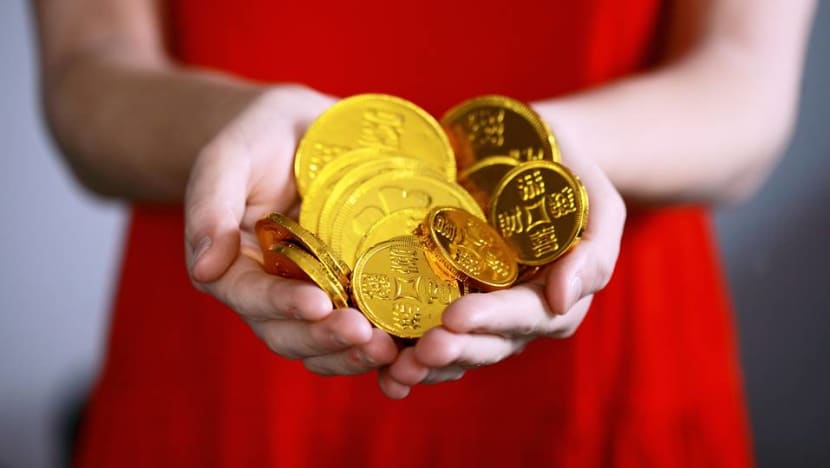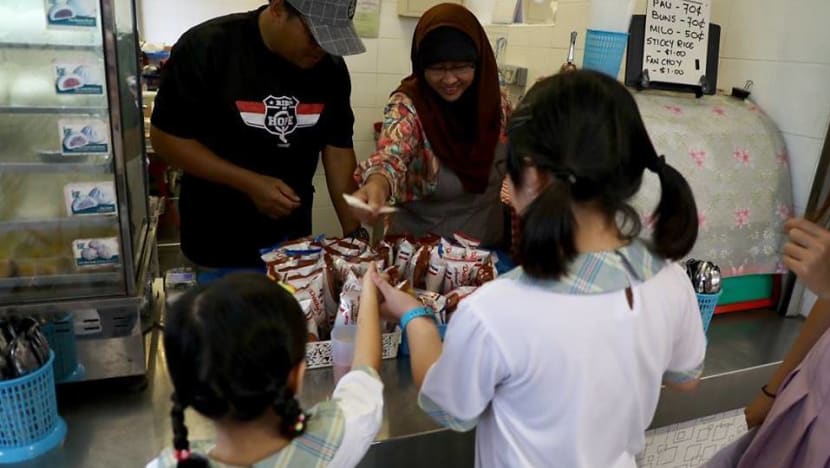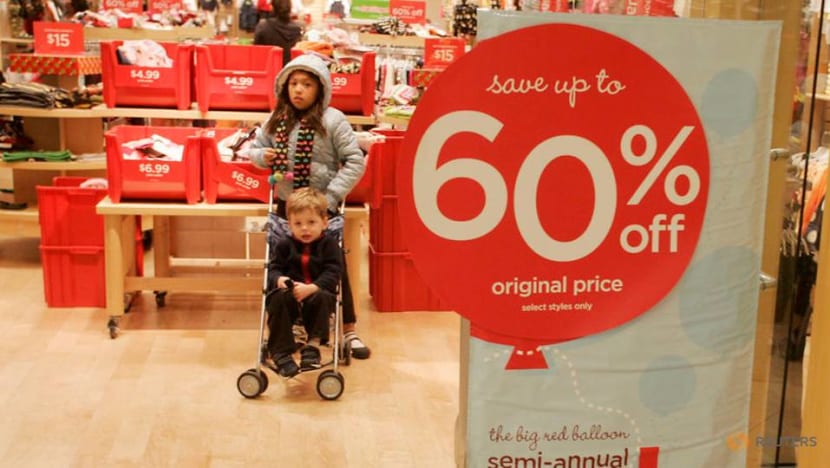commentary Commentary
Commentary: Don’t stash your child’s hongbao money in the bank. Give them a chance to spend it
This Year of the Pig, make your hongbao money work harder for you and your child, than it previously did sitting in a bank.

(Photo: Unsplash/Sharon McCutcheo)
SINGAPORE: With Chinese New Year closing in on us, have you given thought as to how to handle your children’s hongbao money?
Some parents allow their children free rein and then wonder what they did with all that cash.
Others sweep up (and bank in) all of the hongbao money even faster than you can say gong xi fa cai, for saving towards their children’s education.
But in today’s consumer-driven, online shopping world, are these strategies enough?
TO STASH OR TO SPEND
Every Chinese New Year, we set aside a large portion of their hongbao money for saving.
Because this runs into the hundreds, we will bank it into our family account, and enter the amounts into a savings spreadsheet, so that the kids can visually track their savings growth. We also offer them an attractive interest rate.
Then we give them S$20 to spend on anything their hearts desire.
But why allow them to spend S$20? Isn’t it best to save everything for a rainy day?
I’m not arguing against saving, but I’m not sure if swiftly sweeping the hongbao dollars away into a bank account, safely hidden and out of reach, actually helps a child understand its value.
For us, it’s important to give our children some form of practice with managing cold hard cash.
We all know that children learn better when dealing with concrete things. They also learn well through making mistakes.
So what better time to let them handle a bundle of crisp dollar notes than at CNY?
If they don’t get any money to spend at all, then we should be asking: What other opportunities are there for them to practise making money decisions?
In this day and age where you can buy anything at the click of a button, over-controlling their hongbao collection may deprive them of a golden learning opportunity – one that goes beyond the well-contained boundaries of the weekly allowance.

MONEY SENSIBILITIES START EARLY
Children can develop sensitivities towards money from a very early age.
I was having tea with my daughter some time ago, when she glanced at my receipt and discovered that I'd been charged for two cups of tea when I only ordered one.
At Primary Two, she was even more vigilant about money than I was. (I didn’t even take a second look at the receipt.)
We didn't do a lot at that time to train her about money. What we did was use every week's allowance to teach her how to allocate her leftover coins into her three piggy banks: Save, Share, and Spend.
READ: The year of trials and tribulations, as the parent of a newborn, a commentary
The pre-school and early primary ages are the best years for picking up healthy money habits.
Don’t wait till they hit adolescence to focus on these skills, as it will be all too easy then to give in to temptations in the form of the latest fashion or status symbols.
This is why we’re affording them this small luxury at Chinese New Year; we want them to practise making purchasing decisions.
Along the way, we guide them by asking questions such as: Are we really stretching our dollar? Are there better value options around? Or is it practical to have in our home?
We also allow them to make mistakes.
READ: Learning to let go as a parent of a Primary 1 child, a commentary
What they do with the S$20 can be very telling.
Sometimes they get distracted from their goal of a book or toy they’ve been wanting to get, and start spending on a snack or some pretty stationery. Without proper planning, they may end up not having enough for whatever they had planned on getting in the first place. They will have to live with the consequences.
Such mistakes are invaluable in teaching them essential planning and budgeting skills. It’s better that they make mistakes with S$20 now than for them to suffer financial losses in the range of thousands later.

Chinese New Year isn’t the only time where they get to practise making money decisions.
Every year, we work with our children to set two savings goals, where they are allowed to use their savings to purchase two items over the course of the year. These items are capped at S$50 maximum value.
These are opportunities for us to guide them – not just in saving, but also in spending.
Setting short-term goals gives them the motivation to save, knowing that they are working towards something that can be realised in the near future.
Through such planning and goal-oriented habits, our children are practising the skill of delaying gratification.
It also helps us avoid the head-to-head battles that are often seen in toy stores on weekends – the one where the child cries: “I want it now!”
In a world dominated by instant gratification and with a host of entertainment and pleasure options, delayed gratification is arguably one of the most crucial skills for a child to have.
READ: This festive season, parents should exercise self-control in giving, a commentary
ESTABLISHING PRUDENT MONEY HABITS
Warren Buffett once said:
The financial habits you develop when you are young are going to go with you into your adulthood.
You only need to look around you to see that this is true.
So whether you allow your child S$2 or S$200 from their hongbao money, what matters is that they get hands-on with managing it.
We can also use examples from everyday life to teach our kids.
For example, how are our children using their money at school? Do they remember to save a portion of their allowance at the end of the week, or set it aside for a goal?
When we’re at the supermarket, do we teach them to compare prices with the value or weight of the grocery items?
Teaching children money skills is an ongoing conversation. One where we can encourage them to question our purchases to gain insights into what we value and how we make decisions as a family.
It also has to come through the real-life experience of managing, and sometimes mis-managing, a small sum of money.
With practice, the next generation will come to internalise the value of saving and spending wisely, grow more generous towards others, and not rush into making financial commitments with money they don’t have.
June Yong is a mother of three, an educational therapist and owner of Mama Wear Papa Shirt, a blog that discusses parenting and education in Singapore.















